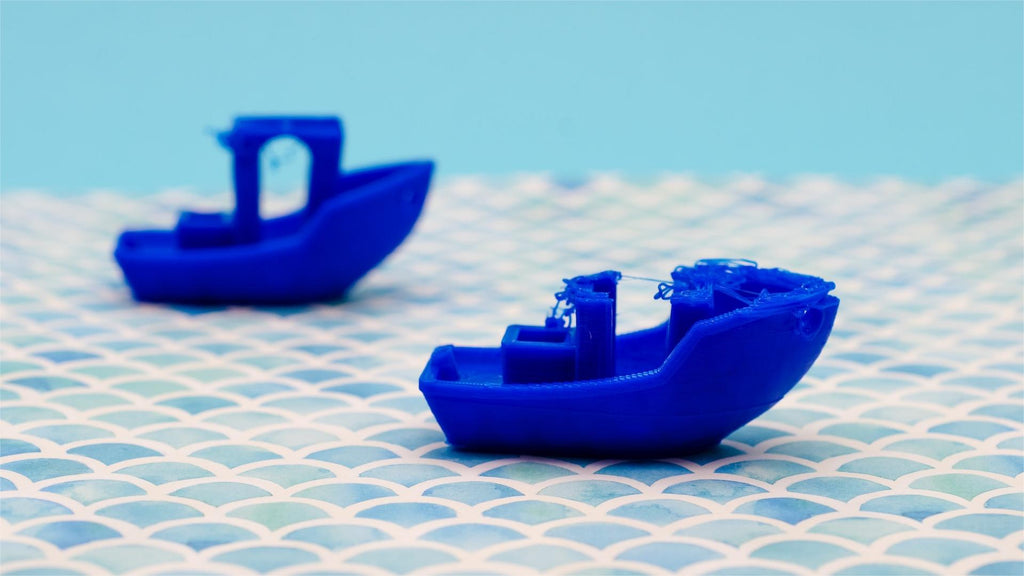3D printing has revolutionized manufacturing and prototyping, but it is not without its challenges. One of the most common issues that enthusiasts and professionals face is warping. This phenomenon can lead to failed prints and wasted materials. In this article, we will explore how to resolve common 3D printing problems, specifically focusing on warping, and provide you with practical tips to achieve flawless layers.

Understanding Warping in 3D Printing
Warping occurs when the material cools unevenly during the printing process, causing the corners of the print to lift from the build plate. This issue is particularly prevalent with materials like ABS and PLA. Have you ever wondered why some prints warp while others remain perfectly flat? The answer lies in several factors, including temperature, adhesion, and print settings.
Factors Contributing to Warping
- Temperature Fluctuations: Rapid cooling can lead to contraction, resulting in warping.
- Poor Bed Adhesion: If the print does not stick well to the build plate, it is more likely to warp.
- Material Choice: Some filaments are more prone to warping than others.
Tips to Resolve Common 3D Printing Problems Related to Warping
To effectively resolve common 3D printing problems like warping, consider the following strategies:
- Use a Heated Bed: A heated bed can help maintain a consistent temperature, reducing the risk of warping.
- Adjust Print Settings: Increasing the first layer height and slowing down the print speed can improve adhesion and reduce warping.
- Choose the Right Filament: Opt for materials that are less prone to warping, such as PETG or TPU.
- Implement Brims or Rafts: Adding a brim or raft can enhance adhesion and provide extra support for the print.
Monitoring Your Environment
Another critical aspect of preventing warping is to monitor your printing environment. Ensure that the ambient temperature is stable and free from drafts. If you are printing in a cold room, consider using an enclosure to maintain a consistent temperature around your print.
Conclusion: Achieving Perfect Layers
By understanding the causes of warping and implementing these tips, you can significantly improve your 3D printing results. Remember, the key to resolving common 3D printing problems lies in careful preparation and attention to detail. For more in-depth troubleshooting advice, check out this 3D Printing Troubleshooting Guide.
With these strategies in hand, you are now better equipped to tackle warping and achieve perfect layers in your 3D prints. Happy printing!








